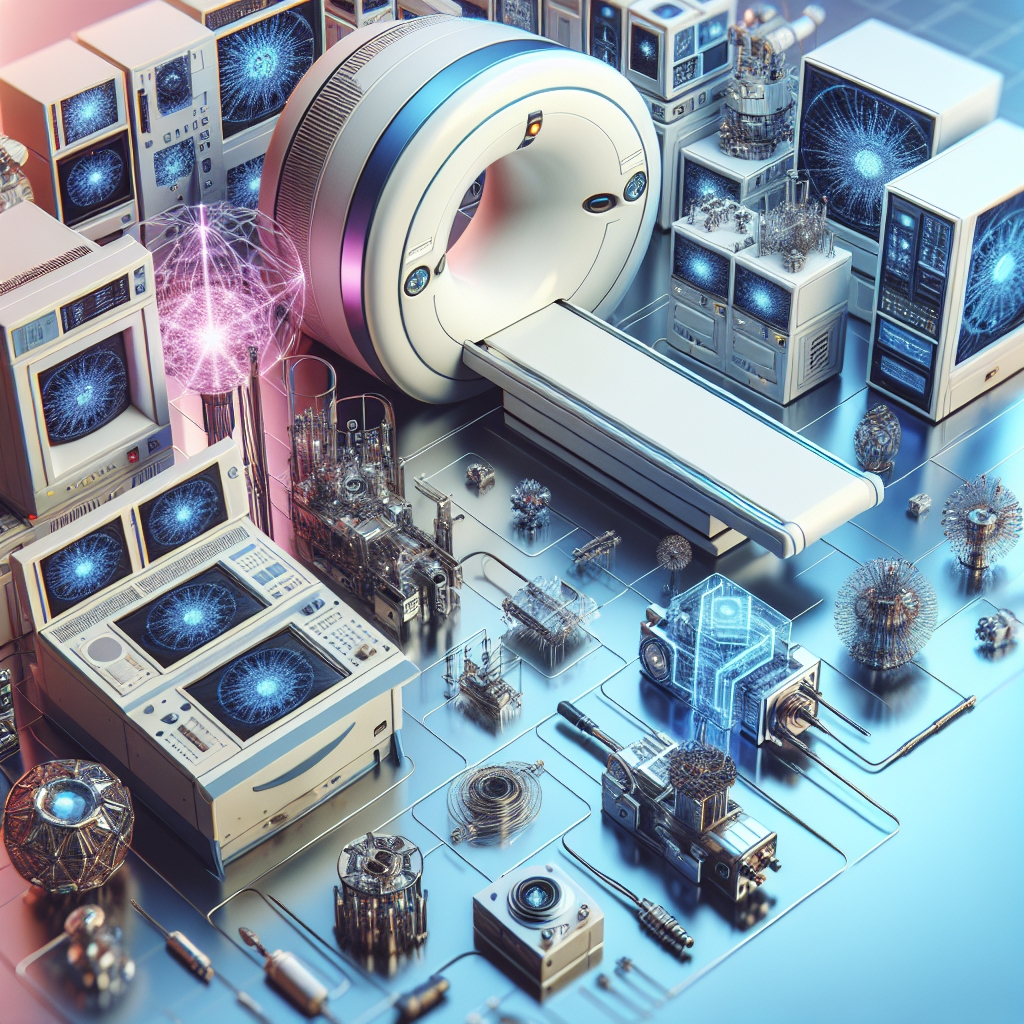Gadolinium, a rare earth metal with the atomic number 64, is a fascinating element that plays a crucial role in various modern technologies. Despite its relative obscurity in the public consciousness, gadolinium’s unique properties make it indispensable in fields ranging from medical imaging to nuclear reactors. This article delves into the versatile uses of gadolinium, exploring how this element enhances our technological capabilities and contributes to advancements in several industries. Through an examination of its characteristics, applications, and potential future uses, we gain insight into the importance of gadolinium in shaping our world.
Chapter 1: Unique Properties of Gadolinium
Gadolinium stands out among the elements due to its exceptional physical and chemical properties. It is a silvery-white, malleable, and ductile rare earth metal that is highly reactive in its pure form. Gadolinium possesses unusual magnetic properties, which are pivotal to its various applications. One of its most notable characteristics is its high magnetic susceptibility, making it extremely useful in magnetic resonance imaging (MRI) as a contrast agent. Additionally, gadolinium has a Curie temperature (the temperature above which its magnetic properties drastically change) of 20 °C (68 °F), which is unique among the rare earth elements.
Another significant property of gadolinium is its high neutron absorption capability. This characteristic is particularly valuable in nuclear reactors, where gadolinium is used as a neutron absorber to control nuclear reactions. Furthermore, gadolinium exhibits excellent thermal conductivity and a high melting point, making it suitable for use in high-temperature applications.
Chapter 2: Applications of Gadolinium in Modern Technology
The unique properties of gadolinium have led to its widespread use in various technological applications. One of the most well-known uses of gadolinium is in the field of medical imaging. Gadolinium-based contrast agents (GBCAs) are injected into the body to improve the quality of MRI scans. GBCAs enhance the contrast between different tissues, making it easier to diagnose diseases and abnormalities in the body. Gadolinium’s role in MRI technology has revolutionized diagnostic medicine, providing clearer and more detailed images than ever before.
In addition to its medical applications, gadolinium is also used in the manufacturing of electronic components. Gadolinium compounds are utilized in making phosphors for color television tubes and LED lights. These compounds emit different colors when exposed to electrons, making them essential for creating vivid displays.
Gadolinium’s neutron-absorbing properties are exploited in nuclear reactors. It is used in control rods and as a burnable poison to regulate the nuclear fission process. This application is critical for maintaining the safety and efficiency of nuclear power plants.
Moreover, gadolinium has potential applications in magnetic refrigeration technology. Gadolinium alloys can produce a significant magnetocaloric effect, which is the basis for an environmentally friendly cooling technology that could replace conventional gas compression refrigeration in the future.
Chapter 3: Future Prospects and Challenges
The future of gadolinium in technology looks promising, with ongoing research exploring new and innovative applications. One area of interest is the development of gadolinium-based materials for data storage. The unique magnetic properties of gadolinium could lead to the creation of high-density, energy-efficient memory devices. Additionally, the potential use of gadolinium in quantum computing as a qubit material is being investigated, which could revolutionize the field of computing.
However, the use of gadolinium is not without challenges. The extraction and processing of gadolinium, like other rare earth elements, are complex and environmentally demanding processes. There are also concerns about the long-term availability of gadolinium, as it is a finite resource. Furthermore, the use of gadolinium-based contrast agents in MRI scans has raised health concerns, as gadolinium deposits have been found in the brains of some patients who have undergone multiple scans.
To address these challenges, efforts are being made to develop alternative materials that can mimic gadolinium’s properties or to recycle gadolinium from electronic waste. Research is also focused on improving the safety profile of gadolinium-based contrast agents and finding more sustainable ways to extract and process this valuable element.
In conclusion, gadolinium’s unique properties and versatile applications make it a vital element in modern technology. From enhancing medical diagnostics to contributing to the safety and efficiency of nuclear reactors, gadolinium has proven to be an indispensable resource. As we continue to explore its potential, the future of gadolinium in technology holds exciting possibilities, albeit accompanied by significant challenges that must be addressed to ensure its sustainable and safe use.

